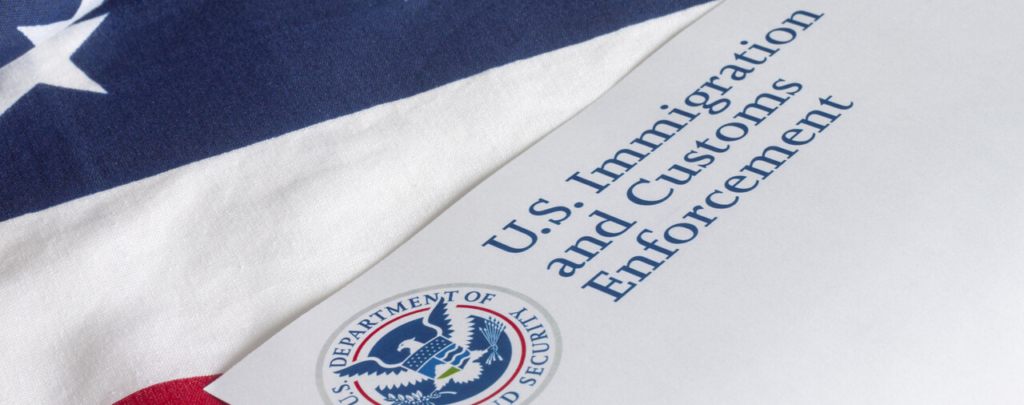
Matter of Siniauskas, 27 I&N Dec. 207 (BIA 2018): DUI a Significant Adverse Factor in Bond Hearings
In Matter of Siniauskas, the BIA held that driving under the influence (DUI) is a serious adverse factor in bond hearings regarding danger to the community.






